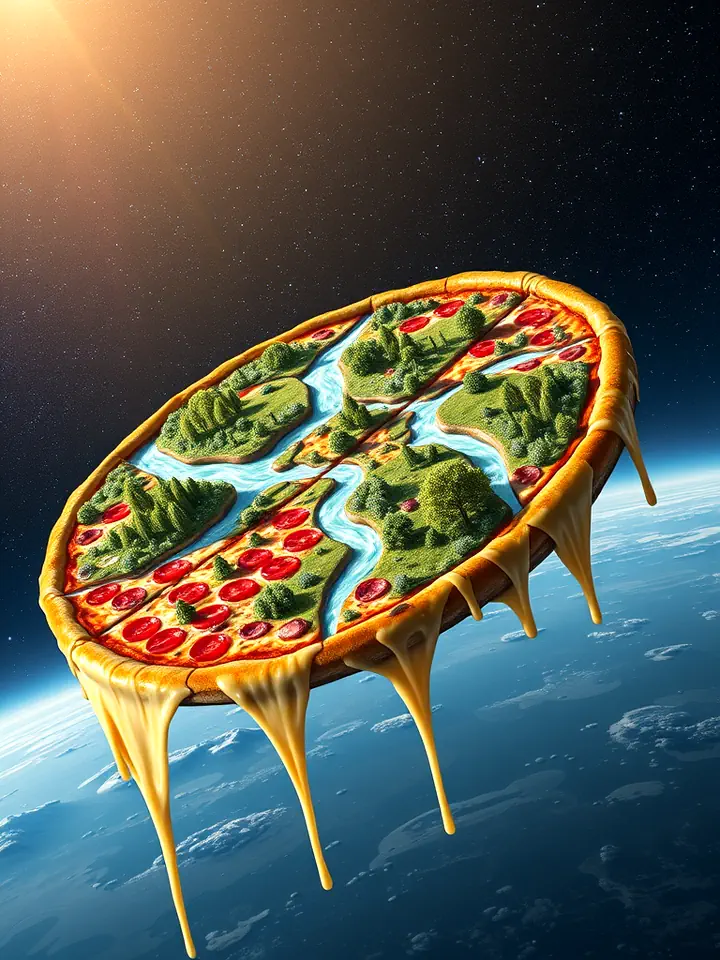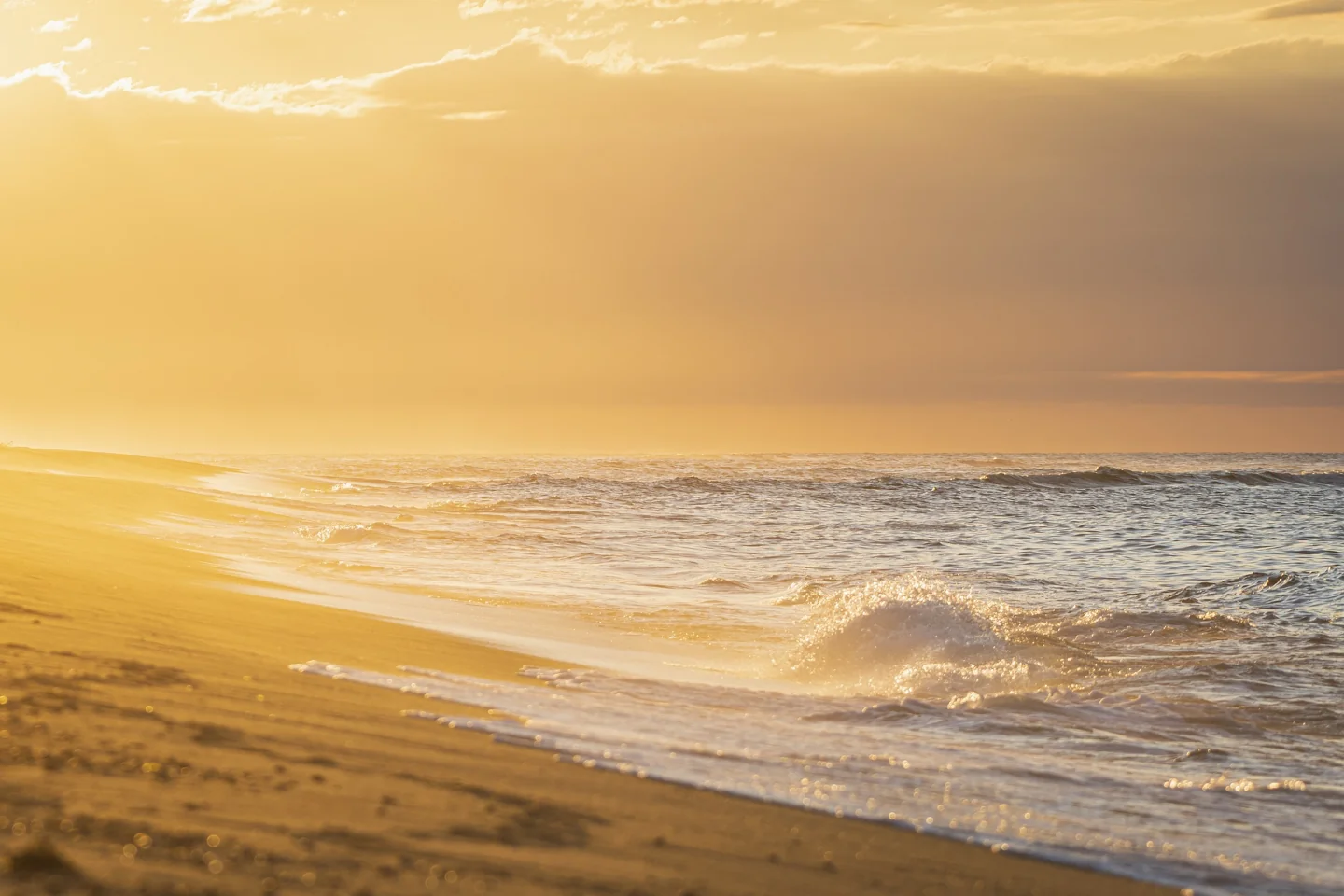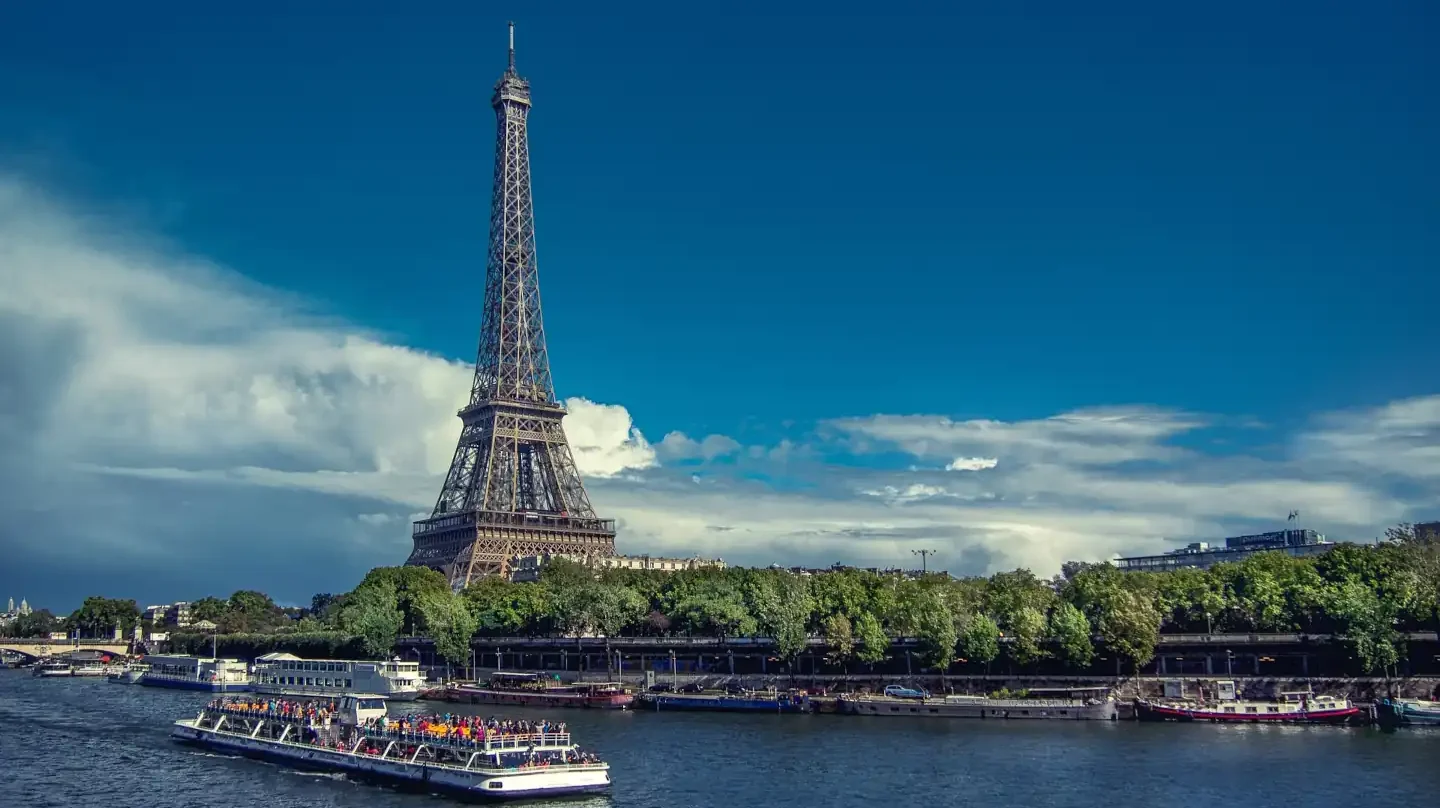How Did We Discover the World Was Round?
Imagine living in ancient times, wondering about Earth’s shape. You might picture a vast, flat land with mysterious edges. Yet, early evidence challenged this assumption. Greek philosopher Pythagoras, around 500 BCE, suggested a spherical Earth based on geometric harmony. Later, Aristotle backed this claim. He observed Earth’s shadow during lunar eclipses and noticed it was always round. Eratosthenes, in 200 BCE, made a remarkable discovery. He calculated Earth’s circumference using simple tools—a stick and the sun. These early thinkers laid the groundwork for what many now take for granted. When you look at the moon, remember this—nature itself offers clues. Observing celestial bodies helped humanity uncover one of Earth’s most important truths.
Early Evidence and Proof of a Round Earth
Eratosthenes’ experiment wasn’t just simple; it was genius. He placed sticks in two locations—Alexandria and Syene. He measured the shadows at noon on the same day. The difference in shadow angles allowed him to calculate the Earth’s circumference. Surprisingly, his estimate was remarkably accurate. Sailors added more proof. They noticed ships disappearing hull-first over the horizon. This wouldn’t happen if the Earth was flat. Likewise, travellers observed changing star patterns as they moved north or south. These observations confirmed Earth’s curvature. When Galileo came along, he saw moons orbiting Jupiter. This showed that not all celestial bodies revolved around Earth. Evidence piled up over centuries. Yet, despite such compelling facts, myths lingered.
How Did We Discover the World Was Round?
Imagine living in ancient times, wondering about Earth’s shape. You might picture a vast, flat land with mysterious edges. Yet, early evidence challenged this assumption. Greek philosopher Pythagoras, around 500 BCE, suggested a spherical Earth based on geometric harmony. Later, Aristotle backed this claim. He observed Earth’s shadow during lunar eclipses and noticed it was always round. Eratosthenes, in 200 BCE, made a remarkable discovery. He calculated Earth’s circumference using simple tools—a stick and the sun. These early thinkers laid the groundwork for what many now take for granted. When you look at the moon, remember this—nature itself offers clues. Observing celestial bodies helped humanity uncover one of Earth’s most important truths.
Early Evidence and Proof of a Round Earth
Eratosthenes’ experiment wasn’t just simple; it was genius. He placed sticks in two locations—Alexandria and Syene. He measured the shadows at noon on the same day. The difference in shadow angles allowed him to calculate the Earth’s circumference. Surprisingly, his estimate was remarkably accurate. Sailors added more proof. They noticed ships disappearing hull-first over the horizon. This wouldn’t happen if the Earth was flat. Likewise, travellers observed changing star patterns as they moved north or south. These observations confirmed Earth’s curvature. When Galileo came along, he saw moons orbiting Jupiter. This showed that not all celestial bodies revolved around Earth. Evidence piled up over centuries. Yet, despite such compelling facts, myths lingered.
Christoffel Columbus and the Round Earth Debate
Christoffel Columbus didn’t set out to prove the Earth was round. By the 15th century, most scholars already accepted this fact. Columbus aimed to find a westward route to Asia. He miscalculated Earth’s size but ended up in the Americas instead. His journey, though not intended as proof, symbolized a pivotal moment in exploration. Columbus’ voyages connected continents, transforming global trade and culture. The myth that he fought against flat Earth believers is a 19th-century invention. Columbus became a symbol of daring exploration. His voyages are now remembered during Columbus Day. This day, celebrated in parts of the United States, acknowledges his role in history. While Columbus didn’t discover a round Earth, his journey reshaped how people viewed the world.
My Selected Travel Destinations
Through my travels, I have become captivated by uncovering the undiscovered treasures of the world for my readers. While many incredible travel destinations are well-known and visited by everyone, there exist these hidden and rare gems that I have had the pleasure of discovering. These are places of exceptional natural beauty and cultural significance that often go unnoticed by most travellers. My passion for exploration has led me to witness some truly amazing sights, and I am constantly driven to seek out new and lesser-known destinations. I am thrilled to share my carefully curated content with you, in the hopes of igniting your sense of wanderlust and inspiring you to embark on your own extraordinary adventures.
Recharge With A Yoga Retreat In Thailand
Experience a serene yoga retreat in Thailand surrounded by breathtaking mountain views. Practice in a tranquil teakwood space adorned with authentic Thai elements. Rejuvenate your mind and body as you connect with nature in this peaceful, inspiring setting.
French Beaches
Discover the allure of French beaches – from Corsica’s shores to Le Touquet, the surf vibes of Biarritz, and the vibrant city beach in Nice. Each destination promises a blend of relaxation and coastal charm. Find diverse beauty of France’s havens where every grain of sand tells a story of leisure and adventure.
Five Spanish Tourist Attractions
Explore the countlesss wonders of Spain. Marvel at the awe-inspiring Sagrada Familia, immerse yourself in the architectural beauty of Cordoba Mezquita, discover the artistic legacy of Picasso, and be captivated by the enchanting Alhambra.
Tourist Destinations In France
Embark on a journey through enchanting tourist destinations in France. From the iconic Eiffel Tower to the lavender fields of Provence, each spot unveils a unique facet of France’s rich culture, history, and natural beauty. Explore the allure of Paris, the historic Normandy beaches, and the sun-kissed French Riviera. Let this guide be your passport to the diverse wonders that make France a captivating destination.
Places To See in Ljubljana
Prepare for an enchanting journey to Ljubljana and the picturesque Lake Bled near the Julian Alps. From Ljubljana’s charming streets to Bled’s tranquil waters, your Slovenian adventure awaits. Explore historic treasures, savor local cuisine, and be captivated by stunning natural beauty.
Cities In Spain
Discover the vibrant cities in Spain, filled with rich history, cultural treasures, beach and see events and stunning architecture. Explore Barcelona, Madrid, Alicante, Valencia, and Seville for an memorable Spanish adventure!
My Selected Travel Destinations
Through my travels, I have become captivated by uncovering the undiscovered treasures of the world for my readers. While many incredible travel destinations are well-known and visited by everyone, there exist these hidden and rare gems that I have had the pleasure of discovering. These are places of exceptional natural beauty and cultural significance that often go unnoticed by most travellers. My passion for exploration has led me to witness some truly amazing sights, and I am constantly driven to seek out new and lesser-known destinations. I am thrilled to share my carefully curated content with you, in the hopes of igniting your sense of wanderlust and inspiring you to embark on your own extraordinary adventures.
Recharge With A Yoga Retreat In Thailand
Experience a serene yoga retreat in Thailand surrounded by breathtaking mountain views. Practice in a tranquil teakwood space adorned with authentic Thai elements. Rejuvenate your mind and body as you connect with nature in this peaceful, inspiring setting.
French Beaches
Discover the allure of French beaches – from Corsica’s shores to Le Touquet, the surf vibes of Biarritz, and the vibrant city beach in Nice. Each destination promises a blend of relaxation and coastal charm. Find diverse beauty of France’s havens where every grain of sand tells a story of leisure and adventure.
Five Spanish Tourist Attractions
Explore the countlesss wonders of Spain. Marvel at the awe-inspiring Sagrada Familia, immerse yourself in the architectural beauty of Cordoba Mezquita, discover the artistic legacy of Picasso, and be captivated by the enchanting Alhambra.
Tourist Destinations In France
Embark on a journey through enchanting tourist destinations in France. From the iconic Eiffel Tower to the lavender fields of Provence, each spot unveils a unique facet of France’s rich culture, history, and natural beauty. Explore the allure of Paris, the historic Normandy beaches, and the sun-kissed French Riviera. Let this guide be your passport to the diverse wonders that make France a captivating destination.
Places To See in Ljubljana
Prepare for an enchanting journey to Ljubljana and the picturesque Lake Bled near the Julian Alps. From Ljubljana’s charming streets to Bled’s tranquil waters, your Slovenian adventure awaits. Explore historic treasures, savor local cuisine, and be captivated by stunning natural beauty.
Cities In Spain
Discover the vibrant cities in Spain, filled with rich history, cultural treasures, beach and see events and stunning architecture. Explore Barcelona, Madrid, Alicante, Valencia, and Seville for an memorable Spanish adventure!
Why Is The Columbus Day Celebration?
Columbus Day commemorates Christoffel Columbus’ arrival in the Americas on October 12, 1492. For many, it’s a celebration of exploration and discovery. Schools and communities mark the occasion with events highlighting history. However, perspectives on this day vary. Some view Columbus Day as a symbol of European expansion. Others point to the consequences faced by indigenous peoples following his arrival. Despite differing views, Columbus Day remains a time to reflect on global history. It reminds us of exploration’s role in shaping modern societies. Understanding its origins helps you appreciate its significance. Historical moments, like Columbus’ journey, offer valuable lessons. They show how curiosity and courage have always driven human progress.
Medieval Myths About a Flat Earth
Contrary to popular belief, medieval scholars didn’t widely think the Earth was flat. This misconception arose much later. Church scholars, influenced by Greek philosophy, generally accepted Earth’s roundness. So, where did the flat Earth myth come from? During the 19th century, writers exaggerated medieval ignorance to highlight the “enlightenment” of modern times. They painted the Middle Ages as backward. In reality, educated people during this era understood basic astronomy. They navigated by the stars and relied on celestial charts. The flat Earth myth persists today because of these misconceptions. Knowing the truth about medieval thinking shows how knowledge often triumphs over fiction. When you challenge historical inaccuracies, you uncover deeper truths.
Modern Skepticism: Flat Earth Theory’s Resurgence
Despite centuries of evidence, flat Earth theory has seen a resurgence. Social media fuels this scepticism. Flat Earth proponents argue that satellite images are doctored. They reject scientific evidence due to distrust in institutions. However, compelling facts refute these claims. Airplane routes, GPS systems, and photographs from space confirm Earth’s shape. You might wonder why people still believe otherwise. Psychological factors play a role. People seek alternative narratives when they feel disconnected from mainstream science. Education and open dialogue are crucial in addressing these beliefs. Understanding why scepticism persists helps you foster informed discussions. Knowledge empowers you to counter misinformation.
Do We Really Live On A Flat Pizza?
Honestly, living on a giant pizza would be amazing if the world were flat. I’d claim the cheesy coastline as my personal paradise, with pepperoni hills and mozzarella waves!

Flat Earth Theory Pizza
Flat Earth theory endures because of its emotional appeal. People often gravitate toward ideas that challenge the status quo. Social media algorithms amplify these voices. They create echo chambers where misinformation thrives. Flat Earth believers reject evidence because it contradicts their worldview. Understanding this mindset helps you see the importance of critical thinking. You can counter misinformation by promoting science-based discussions. Education plays a vital role in dispelling myths. When you share knowledge, you help build a more informed society. Challenging misconceptions isn’t just about facts; it’s about fostering understanding.
Conclusion: What Did We Discover About a Round Earth?
So, who first discovered the world was round? The answer isn’t just one person. It’s a story of collective discovery spanning centuries. Ancient Greeks, medieval scholars, and daring explorers all contributed. Columbus Day reminds us of exploration’s transformative power. Modern scepticism, including flat Earth beliefs, shows that truth remains a journey. When you reflect on history, you see how knowledge evolves. Curiosity drives progress, and facts prevail. The world isn’t just round—it’s filled with endless opportunities to learn and discover. Stay curious, question thoughtfully, and embrace the pursuit of truth.









